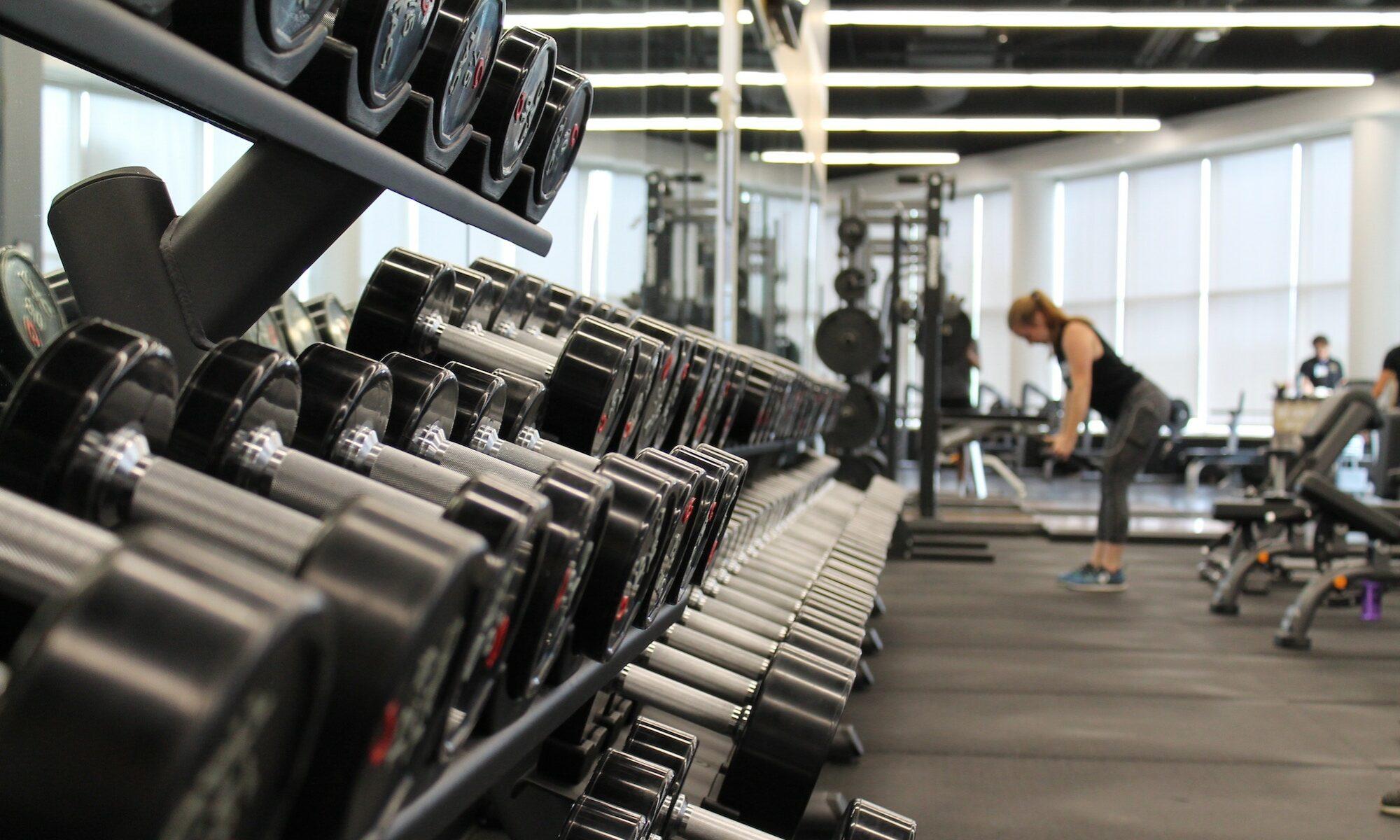Walking stands as one of the most effective, accessible, and budget-friendly exercises you can adopt to improve your fitness and overall health. From reducing the risk of heart disease to boosting mood and longevity, the benefits are undeniable. Yet, many wonder: how far should you walk to truly reap these rewards? Is hitting 10,000 steps a day the magic number, or is there a more tailored target? How much does pace factor into effectiveness? By crunching the latest expert studies and scientific insights, this guide unveils the optimal walking distance and approach to help you enhance your fitness journey starting now.
Optimal Daily Step Count for Maximum Fitness Gains
The debate surrounding the ideal number of daily steps has evolved significantly, especially as scientific research sheds new light on what truly enhances fitness. While the much-celebrated figure of 10,000 steps has traditionally been hailed as the gold standard, its origin is more marketing than science-based. Experts now emphasize a broader range that’s practical and effective for various fitness levels.
Scientific evidence suggests that walking about 7,000 to 10,000 steps daily is the sweet spot for fitness improvements, cardiovascular benefits, and weight management. In fact, a landmark 2023 study involving over 3,000 participants found that those who took at least 8,000 steps one or two days weekly had a 14.9% lower risk of premature death over 10 years compared to less active peers. Participants hitting 8,000 or more steps three to seven days a week observed an even larger 16.5% reduction in mortality risk.
For fitness beginners or individuals with sedentary jobs, reaching 10,000 steps may seem daunting. NiCole Keith, kinesiology professor at Indiana University–Purdue University, stresses the importance of setting achievable, personalized goals. If you only average 3,000 steps daily due to desk work or lifestyle habits, increasing to 3,500 or 4,000 is a commendable first milestone.
Mallory Fox, a certified trainer by the National Academy of Sports Medicine, highlights that any increment beyond your current baseline positively impacts health. She recommends monitoring your weekly step count via wearables or smartphone apps and boosting it by roughly 10% weekly. This gradual progression avoids injury while steadily amplifying fitness benefits.
| Daily Steps | Associated Health Benefit | Target Audience |
|---|---|---|
| 3,000 – 4,000 | Supports basic mobility improvements | Sedentary individuals, beginners |
| 7,000 – 8,000 | Improved cardiovascular health, weight maintenance | General health-focused adults |
| 8,000 – 10,000+ | Enhanced longevity, cardiovascular fitness, weight loss | Moderately active and fitness enthusiasts |
Brands like Nike, Adidas, and Under Armour provide excellent footwear options designed for comfort and performance to optimize your walking experience during these daily targets. Lightweight sneakers from New Balance or Asics can help reduce foot fatigue, making those longer walks more enjoyable.
- Use fitness trackers or step counters to monitor progress.
- Set incremental goals tailored to your current activity.
- Prioritize consistency over intensity initially.
- Wear appropriate footwear from brands such as Brooks or Saucony.
- Consider varying terrains to challenge your body.
Achieving these daily step benchmarks can serve as a foundational pillar in your path to better health. For those interested in combining walking with strength training routines, explore effective workout strategies to maximize results.
Walking Pace: The Crucial Factor Impacting Health and Longevity
While counting steps forms the baseline, walking pace dramatically influences the quality of your workout and the long-term benefits it offers. Leisurely strolls can aid mobility and mental clarity, but brisk walking ramps up cardiovascular engagement and metabolic boost, acting as a moderate-to-vigorous activity that experts recommend.
Recent research demonstrates that walking at around 100 steps per minute—roughly a brisk pace—is associated with a significant reduction in mortality risk. Unlike just ticking off steps, accelerating your walking speed challenges the heart and lungs to function more efficiently, leading to improved blood flow, endurance, and calorie burn.
A comprehensive study from the UK in 2022 linked faster walking paces with reduced dementia risk, illustrating the profound neurological benefits. Another Brazilian study from the same year revealed that participants who walked at a quicker pace experienced less arterial stiffness, a harmful condition that restricts blood vessel flexibility and compromises heart health.
Experts from the Centers for Disease Control and Prevention (CDC) recommend a minimum of 150 minutes of moderate-intensity exercise weekly. Walking briskly for 30 minutes, five days a week, approximately hitting 100 steps per minute, fulfills this aim for most adults, particularly older populations.
| Walking Pace (steps/min) | Intensity Level | Potential Benefits |
|---|---|---|
| Under 60 | Low | Basic mobility, stress relief |
| 60 – 100 | Moderate | Cardiorespiratory improvements, weight management |
| 100+ | Vigorous | Enhanced cardiovascular health, longevity |
While it’s tempting to push for speed, specialists like Mallory Fox remind us that the key lies in consistency and gradual increases rather than sudden intensity changes. If you’re starting slow, walking regularly—even at lower intensities—brings cumulative benefits. Incorporating high-quality walking shoes like Puma or Reebok can provide the support you need as you increase your pace and distance.
- Measure your steps per minute with smartphone apps.
- Incorporate interval walking (alternating fast and slow pace).
- Warm-up with slow steps before accelerating.
- Maintain good walking posture to maximize effectiveness.
- Consider devices like walking pads for home use.
Combine this guidance on pace and distance with insights from endurance-building strategies to elevate your fitness performance.
Incorporating Walking Into Daily Life: Practical Steps for Sustainable Fitness
Consistency is the cornerstone of developing lasting fitness improvements through walking. Yet, juggling busy schedules often leads to skipping exercise. The good news? Integrating walking into your routine is more doable than you think with simple lifestyle changes.
The American on the Move Foundation offers practical tips that effortlessly add steps without needing dedicated gym time. Examples include taking a walk after every meal to aid digestion while boosting activity, and walking during phone or work calls—turning idle moments into fitness opportunities. Joining recreational sports like tennis or pickleball contributes cardiovascular activity with fun and social interaction.
Volunteering to walk dogs at local animal shelters provides a dual benefit of emotional uplift and physical exercise. Meanwhile, visiting museums, zoos, or nature reserves encourages leisurely exploration alongside activity, supporting both mind and body.
| Activity | Approximate Additional Steps | Fitness Impact |
|---|---|---|
| Post-meal walks (10-15 min) | 1,000 – 1,500 | Improves digestion, blood sugar control |
| Walking phone calls (30 min) | 3,000 – 4,000 | Increases daily movement, reduces sedentary time |
| Playing tennis/pickleball (1 hr) | 5,000 – 6,500 | Cardiovascular and muscular endurance |
| Dog walking (30 min) | 3,000 | Consistent moderate activity, bonding |
| Exploring museums and parks (1 hr) | 4,000 – 5,000 | Low-impact, stress relief |
For those working from home, devices such as walking pads are becoming popular fitness essentials. Users can walk at low to moderate speeds indoors throughout the day, helping accumulate steps effortlessly. This approach complements equipment like Hoka One One sneakers designed for comfort during extended activity.
- Schedule short walk breaks throughout your day.
- Swap vehicle trips for walking when possible.
- Engage with community walking groups for motivation.
- Try using apps promoting activity challenges.
- Ensure hydration and proper footwear for longer outings.
Embracing these manageable tactics enhances daily activity and contributes to holistic health enhancements. You can also deepen your understanding of fitness by exploring the diverse benefits of exercise for body and mind.
Walking Distance and Weight Loss: What Experts Recommend
Walking is not just a physical activity but a strategic fitness tool capable of supporting weight management goals effectively. The distance covered daily plays a pivotal role in controlling caloric expenditure and fat loss, especially when combined with nutritional habits.
Experts suggest aiming for around 10,000 steps—which equates to roughly 4 to 5 miles or 7 to 8 kilometers daily—to promote weight loss. This target can help burn between 300 to 500 calories, contributing to an estimated weekly loss of about a half kilogram when paired with healthy eating behaviors.
However, personalization again comes into play; individuals with different body compositions, metabolic rates, and fitness histories will vary in calorie burn rates. That’s why trainers frequently advise using distance and step count as guidelines rather than absolute rules. Attention to fat loss also requires incorporating strength exercises to preserve lean muscle mass, a concept detailed in strength and endurance workout guides.
| Walking Distance (Miles) | Estimated Calories Burned | Weight Loss Potential (Weekly) |
|---|---|---|
| 2 miles (approx. 4,000 steps) | 150 – 200 | 0.2 kg (0.4 lbs) |
| 4 miles (approx. 8,000 steps) | 300 – 400 | 0.4 – 0.5 kg (0.9 – 1.1 lbs) |
| 5 miles (approx. 10,000 steps) | 400 – 500 | 0.5 – 0.7 kg (1.1 – 1.5 lbs) |
For optimal results, pairing walking routines with footwear designed for long-distance comfort and impact absorption is essential. Brands such as Reebok, Asics, and Hoka One One excel in this arena. The consistency of your walking, alongside smart dietary habits, will ultimately determine your success in fat loss.
- Schedule daily walks covering 4-5 miles for weight loss goals.
- Maintain steady pace for better calorie efficiency.
- Incorporate resistance training to maintain muscle mass.
- Use apps or devices to track calories and distance.
- Choose supportive, cushioned footwear to reduce injury risk.
Those eager to dive deeper into walking methods that outperform the traditional 10,000-step goal should check out the Japanese walking benefits article for alternative approaches proven effective.
Advanced Walking Techniques and Equipment to Enhance Your Fitness Journey
As your fitness level advances, integrating sophisticated walking strategies and leveraging the latest gear enhances progress and prevents plateaus. These techniques not only improve results but also keep motivation high.
Interval walking, where vigorous walking segments alternate with slower recovery periods, is an excellent way to ramp up cardio fitness while burning more calories in less time. This method encourages better adaptation, endurance, and muscle engagement. You can test interval walking by walking briskly for 2 minutes, then slowing down for 1 minute, repeated several times during your workout.
Maintaining proper walking posture is equally crucial. Ergonomics that involve a straight spine, engaged core, and active arm swing optimize muscle activation and reduce injury risk during long walks. Advanced walkers also experiment with incline walking using hills or treadmills to boost strength and cardiovascular load.
| Technique | Description | Primary Benefit |
|---|---|---|
| Interval Walking | Alternating high and low paces during walk | Improved cardiovascular health, calorie burn |
| Incline Walking | Walking uphill to increase muscle demands | Greater lower-body strength, endurance |
| Posture Focused Walking | Using proper form including arm swing & core engagement | Reduced injury, optimal muscle use |
When it comes to footwear and equipment, selecting the right brands can be transformative. Shoes from Brooks, New Balance, or Puma with advanced cushioning technology and arch support provide stability and endurance. Adding wearable devices such as fitness trackers or heart rate monitors helps tailor intensity to your fitness goals efficiently.
- Experiment with interval walking sessions 2-3 times weekly.
- Incorporate hill or treadmill incline walks to strengthen muscles.
- Consult tutorials to refine walking posture and technique.
- Invest in high-performance footwear for injury prevention.
- Use fitness apps to monitor pacing, distance, and heart rate.
For more expert advice on efficient workouts and maximizing exercise benefits, peruse trusted workout secrets to supplement your walking regimen.


